May 30, 2025 | 15:20 GMT +7
May 30, 2025 | 15:20 GMT +7
Hotline: 0913.378.918
May 30, 2025 | 15:20 GMT +7
Hotline: 0913.378.918
Historically, the development space of agricultural raw material areas in the Mekong Delta was constrained by provincial administrative boundaries.
Providing an analysis of this administrative barrier for investors, Dr. Tran Huu Hiep, an economic expert in the Mekong Delta region, stated that investors wishing to implement projects had to undergo administrative procedures in one province, while facing difficulties if they sought to extend their operations to other provinces. These procedural inadequacies limited investors' ability to scale up projects across multiple provinces.
However, the provincial merger will create a more expansive development space. As a result, agricultural investors can navigate administrative processes more smoothly as investment procedures become more open.

Dr. Tran Huu Hiep, Economic Expert of the Mekong Delta region, participated in the Viẹtnam Agriculture and Nature Newspaper's Talk Show. Photo: VAN.
Dr. Tran Huu Hiep added that another benefit from expanded raw material areas is cost savings. Although large raw material areas require substantial investment, they help reduce intermediary expenses. Investments in connected logistics systems will further lower prices.
In particular, when raw material areas are linked to processing clusters and consumption markets, businesses gain direct advantages. Furthermore, stronger cooperation between enterprises, cooperatives, and farmers will facilitate the development of new business models that promote sustainable production and shared benefits throughout the agricultural value chain.
The Mekong Delta is currently facing major challenges that affect all provinces in the region. These are the adverse impacts of climate change, including land subsidence, saltwater intrusion, and droughts. Additionally, the region experiences an increasing frequency of natural disasters, while fragmented management in localities also limits development.

Although large raw material areas require substantial investment, they help reduce intermediary expenses. Photo: Tung Dinh.
To tackle the above-mentioned challenges, Assoc. Prof. Dr. Pham Le Thong, Head of the Agricultural Economics Department, School of Economics—Can Tho University, proposed an essential and strategic shift from traditional planning based on provincial boundaries to a planning approach according to ecological subregions, which include freshwater, brackish water, and saltwater zones.
According to the Head of the Agricultural Economics Department, unlike planning methods based on administrative boundaries of provinces and localities that caused fragmentation, planning based on ecological subregions offers several advantages.
First is better utilization of natural resources within each ecological subregion. Saltwater and brackish water areas like Ca Mau and Bac Lieu are well-suited for saltwater aquaculture and specialized shrimp-rice farming. These zones also support mangrove forest restoration, which underpins ecotourism development.
Freshwater areas such as Dong Thap, An Giang, Can Tho, and Vinh Long are primarily freshwater, making these regions well-suited for specializing in rice, vegetable, and fruit cultivation. Meanwhile, intermediate brackish-freshwater zones are favorable for specialized vegetable farming. Specialized production models associated with the ecological subregion's advantages will help reduce production costs, thereby improving productivity.
Second is efficient agricultural resource management. Managing agricultural resources such as land, water, and irrigation systems according to ecological zones helps avoid overlaps and conflicts between provinces.
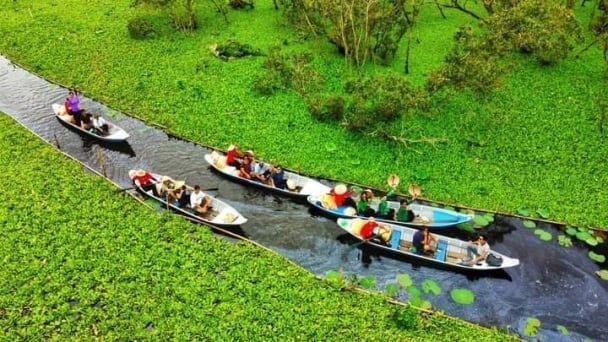
Saltwater and brackish water areas like Ca Mau and Bac Lieu support mangrove forest restoration, which underpins ecotourism development. Photo: Tung Dinh.
To truly unlock the potential of both the administrative merger and ecological planning, Dr. Tran Huu Hiep emphasizes the necessity for the State to ensure that regional planning, irrigation infrastructure, and logistics are synchronized.
Previously, each of the 13 Mekong Delta provinces and cities had independent socio-economic development planning. With mergers changing administrative boundaries and development space, all existing planning schemes require reviews and reassessments to align with new orientations and resource mobilization.
Dr. Tran Huu Hiep also indicated priority objectives that should be clearly defined in the planning. Firstly, agriculture is evolving beyond isolated production toward integration with the processing industry, agritourism, and service sectors. Prioritizing key agricultural products remains crucial but should fit into this broader, value-added framework.
Secondly, it is necessary to reinforce transport connectivity. As provinces are merged, transport infrastructure, especially waterways and sea routes, must be reconnected and aligned with development orientation toward maritime connections. Thus, re-planning the advantages of river transport must be associated with sea routes and infrastructure investment, not only in irrigation systems but also in seaports and river ports.
Thirdly, raw material areas for key products such as rice, fruit, and seafood need to be reassessed. The reassessment should be based on the advantages of each ecological subregion and infrastructure investments. Future-oriented planning must integrate natural conditions with investments targeting competitive products.
The Mekong Delta provincial mergers present a pivotal opportunity to overcome administrative fragmentation, enabling the creation of expansive, connected raw material areas. With ecological subregion-based planning and coordinated infrastructure investments, the region can reduce costs, enhance productivity, and promote sustainable cooperation among businesses, cooperatives, and farmers.
Together, these changes will enable the Mekong Delta to maintain its role as Vietnam's national agricultural hub while improving resilience to climate challenges and expanding opportunities for integrated agricultural development.
Translated by Thu Huyen
/2025/05/29/1043-2-153730_145.jpg)
(VAN) The Government's policy to merge provincial-level administrative units opens up major opportunities for the Mekong Delta region to reshape its agricultural development strategy toward large-scale production, effective regional linkages, and sustainability.
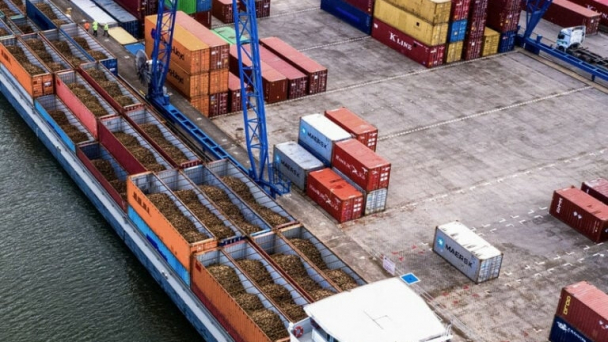
(VAN) The mutual export of agrifood products between the European Union (EU) and the United Kingdom (UK) must occur again without certification, border controls or other red tape. This was agreed at the UK-EU summit.
/2025/05/22/5121-2-173645_677.jpg)
(VAN) NBSAP Tracker identifies strengths and areas for improvement in the National Biodiversity Strategy, based on each region’s priorities and capacities.
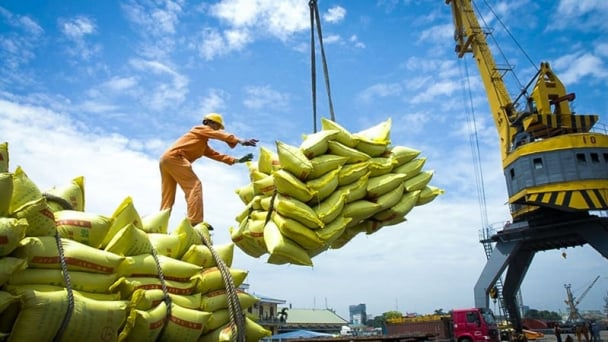
(VAN) The draft amendment to the Circular on rice export trading stipulates a periodic reporting regime for rice exporting enterprises.
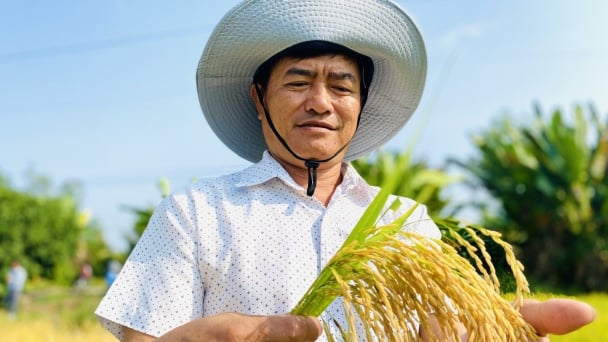
(VAN) Dong Thap farmers attained an average profit margin of 64% during the summer-autumn 2024 crop (first season), while An Giang and Kien Giang farmers followed with 56% and 54%, respectively.
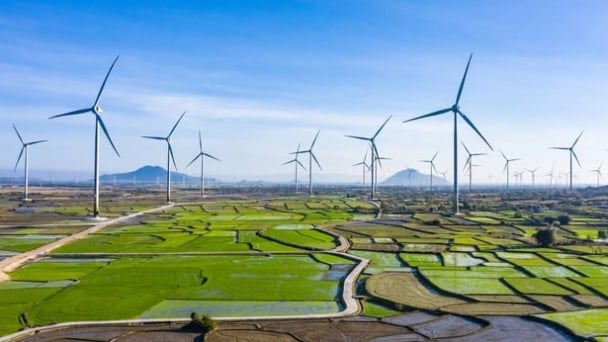
(VAN) As a doctoral student doing research on renewable energy and electrification at Harvard University, the author shares his musings on electricity, nature, and countryside memories.